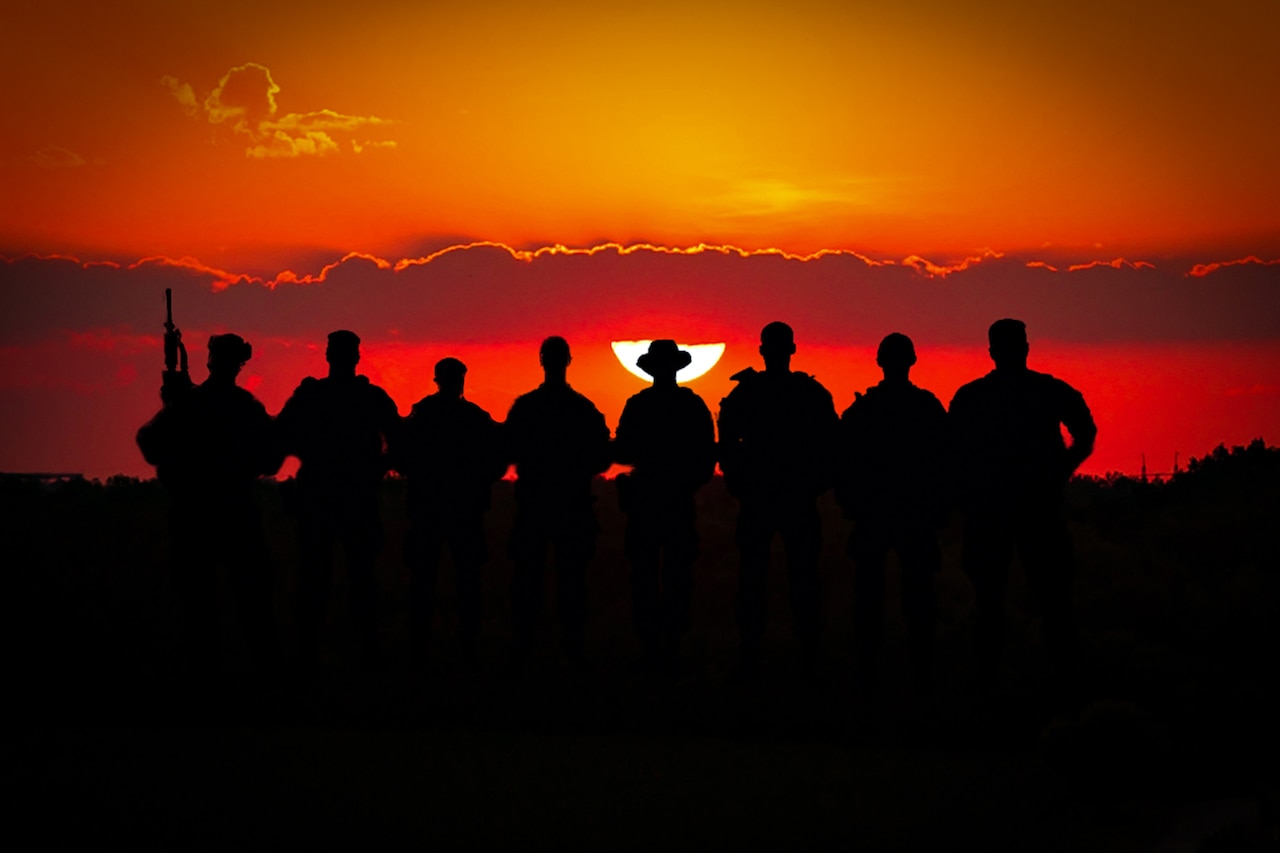The Defense Department is actively working to raise the public’s awareness of opportunities to serve their country both in military and civilian capacities, according to DOD’s top two leaders for personnel and readiness.
Ashish S. Vazirani, performing the duties of undersecretary of defense for personnel and readiness, and Shawn G. Skelly, who is performing the duties of deputy undersecretary for the same office, gave their thoughts on how DOD and the government as a whole can better publicize the abundance of opportunities to serve.
Vazirani and Skelly spoke Friday on separate panels at the Service for America Summit in Washington.
“Public service is more than being in the military, and there are plenty of opportunities and ways for people to serve their community,” Vazirani said, adding that people typically aren’t against the idea of serving, but they’re often unaware of the public service options available.
“One of the things we have been focused on is [not only] helping young people to understand the options and opportunities that are available through service at DOD, but also raising that call to any type of service,” he added. As one example of this, Vazirani said that when people find out they’re not medically qualified to serve in uniform, the military now gives them information on other organizations where they might be qualified to serve, despite having a medical condition.
“We’re pointing them to AmeriCorps and to Peace Corps and to civilian opportunities; so, it’s a really important message that there are many different options,” Vazirani said.
“If you are inspired to serve, we, the federal government — in cooperation with the state governments and all those agencies that would like to avail America of the talented people who want to give [service] a try — should be loath to let you walk away after you bounce off of one opportunity to try,” Skelly said.
In addition to informing people of the multitude of service opportunities that are available to them, Vazirani said another critical message to generate interest in public service is for people to go back to their families and communities and tell authentic stories of what it is like to give back to society.
To illustrate this, Vazirani pointed out that roughly 75% of currently serving military members have had a family member who also served in the armed forces.
“I think the most important thing that people can do is tell their story,” Vazirani said. He added that sharing what service means to the individual, explaining why a person chose to serve in the manner he or she is currently serving and pointing out how that service has been a career boost essential to generating interest in public service among others.
With a stated goal of gathering leading thinkers from inside and outside the federal government to advance an agenda that promotes “awareness, aspiration and accessibility of military, national and public service,” the Service for America Summit brought together four public service associated organizations: DOD, AmeriCorps, Peace Corps and the Selective Service System.
Additionally, the summit included members of the National Commission on Military, National and Public Service. In 2020, the temporary federal agency released a final report containing a review of the military Selective Service process and suggested methods to increase participation in military, national and public service to address national security and other public service needs, according to the National Defense Authorization Act for Fiscal Year 2017.
Titled “Inspired to Serve,” NCMNPS’ report to Congress is chock-full of recommendations for the government to boost the numbers of those serving in a military, national or public capacity during this decade.
While approximately 24 million people were serving in one of those capacities as of 2020, the report envisions an additional 5 million people per year volunteering to serve by 2031.
Skelly was appointed by then-President Barack Obama in 2017 to serve as one of 11 NCMNPS commissioners.
During the summit, Skelly said she still hears people referencing the report regularly in the workplace.
“[Talk of the report] still finds its way into … the Pentagon during the course of normal business because what we examined is enduring and foundational to how this country actually functions at the end of the day,” she said.
“It’s [about] people giving of themselves to the greater good for the benefit of others.”





















Discussion about this post